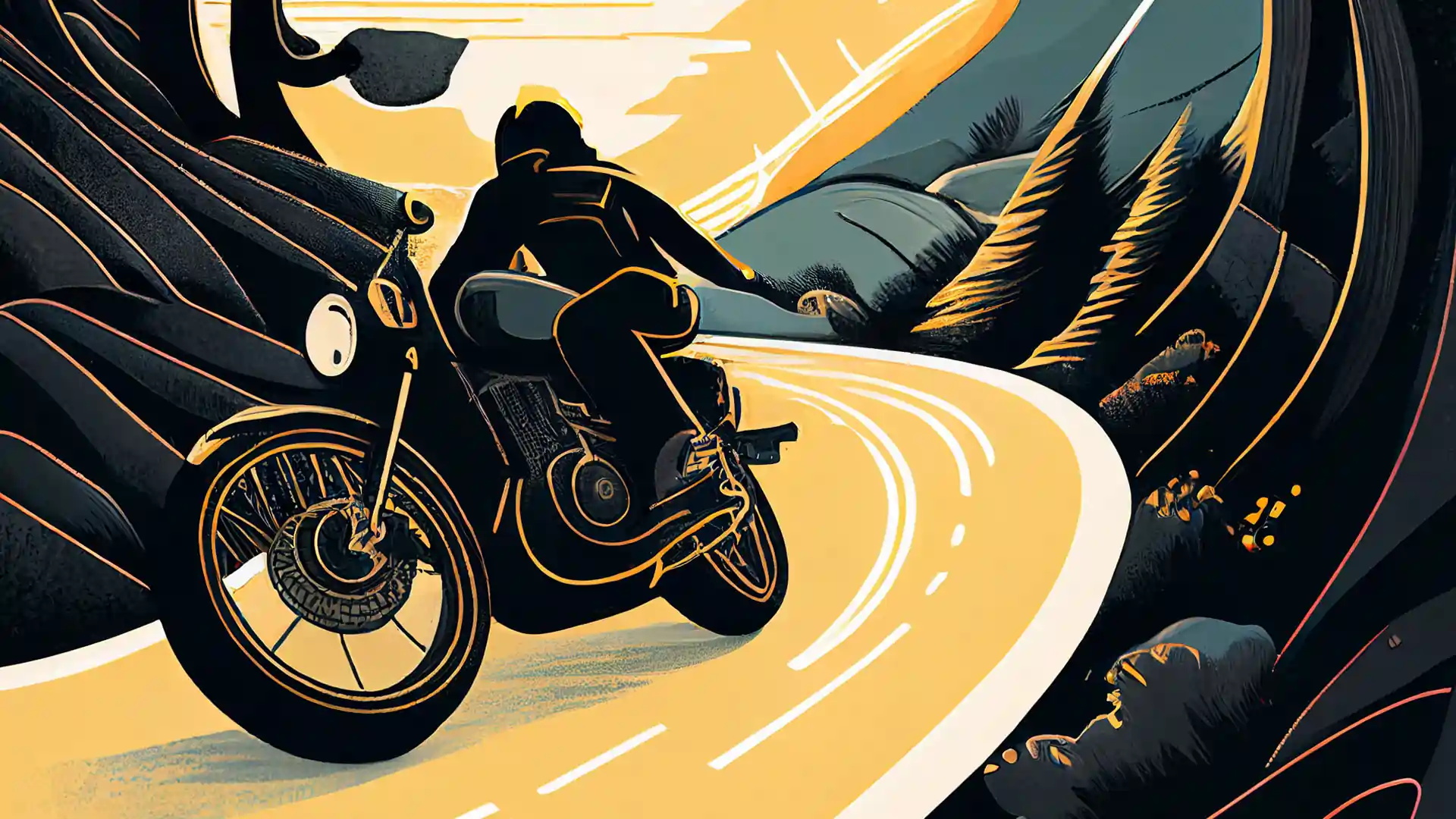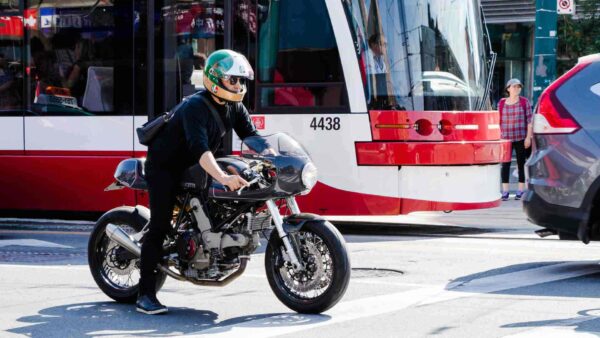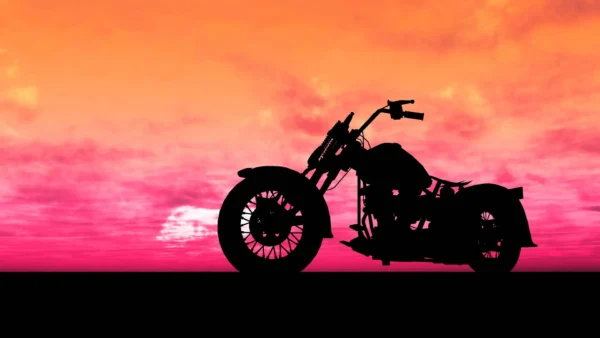Last updated: May 12, 2023
If you’re ready to hit the open road on a motorcycle, a rider training program will give you the skills and confidence you need to stay safe on two wheels. And not only is a motorcycle skills course a great way to learn how to enjoy your bike, it can help you save money too—insurance providers offer attractive discounts to graduates of MTO-approved motorcycle training courses in Ontario.
Ontario motorcycle licence classifications
In Ontario, an M class licence is needed to drive a motorcycle on public streets and highways.
There are three categories of M class licence, including:
- M (unrestricted): Allows holders to ride any size of street-legal bike
- M with condition L: Covers motorized scooters and mopeds, a.k.a. limited-speed motorcycles
- M with condition M: For three-wheeled motorcycles, a.k.a motor tricycle
The classification of licence you get is based on the vehicle used during your road test, so even if you plan on riding a moped, you might want to test on a full-sized bike – that way, you won’t need to re-do your test if you decide to move up to a bigger motorcycle in the future.
Anyone aged 16 and older can get started by applying for an M1 licence, which is valid for 90 days. All that’s required is a pass on both a written test and an eye test, and you’ll be ready to ride.
Most motorcycle schools in Ontario require students to earn their M1 prior to registration, however, there are a few intro classes available where you can hop on a bike without having an M1 licence. Keep in mind that most beginner courses include the M2 test, but these don’t.
What to look for
Here’s a quick list of questions to ask, and what to look for when choosing your riding school:
1. Ask for referrals
Start your search by asking friends, family members, and experienced riders for referrals – this gives you a chance to hear first-hand the pros, and the cons, of courses from people you trust.
If you don’t know anyone who rides, head to your local motorcycle dealer – they’ll be able to provide you with a list of trusted training partners in the area.
2. Does the school provide ongoing training for instructors?
Just like driving schools, individual riding instructors must meet certain requirements set out by the MTO. Instructors who teach the M2 exit course must recertify with the MTO every three year. Most schools provide some kind of ongoing training to their instructors, but the frequency and quality of the training can vary from school to school.
“In the end, your training is only as good as your trainer,” says Stephen Keith, Program Manager and Senior Instructor with Rider Training Institute (RTI). “Ask the school what kind of ongoing professional development they provide for their instructors.”
3. What’s the student-instructor ratio?
When it comes to motorcycle training, the student-to-instructor ratio is very important. The more attention you receive during your training, the better chances you’ll develop good, safe riding habits from the start.
“For the M course we run one instructor and four students,” says Keith. “Because the practical portion is on the road, if you get more than four students you need to add another instructor.”
The ministry-mandated ratio for the M1 to M2 course is 5:1. That course takes place in a parking lot. If you’re considering a class where the ratios are higher, you may want to think twice.
In-class ratios may be higher.
4. Are the bikes provided?
When you’re starting out, taking a course where the motorcycles are provided can be a great way to test out different bikes.
On the other hand, being able to bring your own bike to class will give you a chance to practice on your own machine, which can help keep you safe on the road.
Before registering for a course, be sure to ask if it’s a BYOB (bring your own bike) program, or if the bikes are furnished by the school. Also check if you’ll have your own motorcycle throughout the course, or if the machines are shared between students.
Keith says: “If you haven’t decided on a motorcycle yet, you want to go with a course that will expose you to different types of bike, like sport, cruiser, enduro, so you can make an informed choice when it’s time to buy.”
5. What about safety gear?
Helmets, ballistic jackets, gloves, and boots are all must-haves for riders. If you’re still on the fence about whether or not riding is right for you, buying all these items can be a big up-front cost, which is why some motorcycle schools include use of safety gear in their program fees. But you need to ask first. If the school doesn’t provide the gear and you show up to your class without your own, you won’t be allowed to ride. In some cases, you won’t get a refund.
5. What’s the student-instructor ratio?
When it comes to motorcycle training, you’ll want to find a course that offers a low student-to-instructor ratio. The more attention you receive during your training, the better chances you’ll develop good, safe riding habits from the start.
6. Longevity and variety
Keith says: “Ask how long the school’s been around, and look for one that offers a variety of courses, from beginner to advanced. If you love to ride, it’s good to have a school you trust so you can update your skills down the road.”
And the one thing to avoid…
Steer clear of motorcycle schools that are not accredited by the Ontario Ministry of Transportation. The MTO accredits motorcycle training programs throughout the province, including offerings from community colleges and private schools.
While taking a rider training course from a non-accredited school may seem like a bargain, they can end up costing you in the long run – remember, you won’t be eligible for a discount on your insurance unless you take your training from an MTO-accredited provider.
It’s also important to note that only MTO-approved riding schools can provide license testing, and many schools include the use of a motorcycle for training and testing. If you take training from a non-accredited program, you’ll have to take your licensing test at a DriveTest center and use your own bike.
Taking an accredited course will help reduce the mandatory waiting periods of Ontario’s graduated licencing system, and can also lead to savings on your motorcycle insurance.
Find a riding school
Riding schools offer different courses at different locations. To find a school near you that offers the course you’re looking for, check out our list of MTO-approved training centres, which is sorted by region and shows which courses are offered where.
You can also search MTO’s current list of government-approved motorcycle safety courses.
Mitch is quickly becoming known for the lowest rates and best service amongst riders in Ontario. Call to speak with one of our motorcycle insurance brokers at 800-731-2228 or compare quotes online.
Looking for motorcycle insurance?
Speak with a Mitch Insurance broker today to get a quote on Ontario motorcycle insurance.
Call now
1-800-731-2228








I did my research with friends and other bikers, and took the 3 day Conestoga college course. I learned a lot that I would never have thought of. They were not over the top tough, but if you didn’t get it down by the final day of test and sort exam you did not pass . They would work one on one if I was having difficulties. Glad I took the course, I’ve been recommending it since. Thx, Graydon.
I would have never guessed that there were so many factors to look into when choosing motorcycle lessons. It is particularly interesting that the article reminds readers to look for lessons that have a good balance of teachers to students. After all, learning to ride a motorcycle can be quite hard, so you’ll want to make sure that you can get some one-on-one time with a teacher if you need it.
When choosing a motorcycle training program, prioritize safety, experienced instructors, and a structured curriculum. Ensure the program includes practical riding time, personalized instruction, and covers essential skills. Avoid programs that rush through content or neglect safety measures. Your training sets the foundation for a lifelong love of motorcycling; make it count!